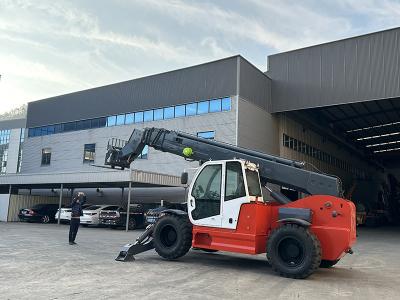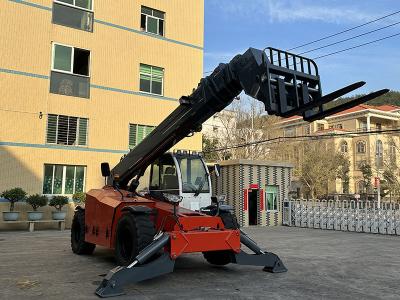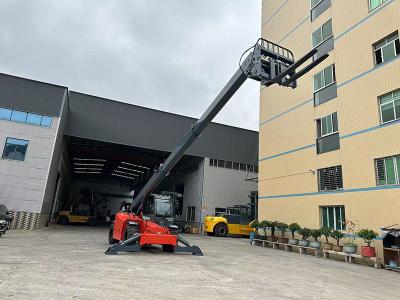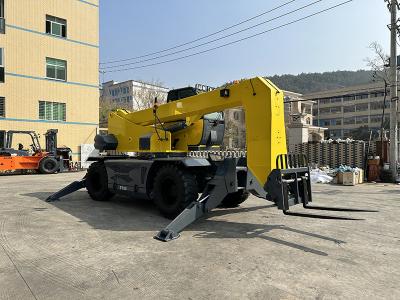First, forklift repair operation requirements
1. All the important spare parts removed from the forklift must be thoroughly cleaned and blown with compressed air before they are ready to be installed back;
2. If the contact surface of the parts of the forklift is processed, if there is a quality defect, it must be repaired before it can be installed;
3. The small parts such as flat washers, washers, cotter pins, and safety gaskets equipped with the nuts of the forklift must be fully assembled in the forklift parts manual;
4. If the main bolts of the forklift are deformed or elongated, they must be replaced, and the threads of the bolts should extend within the range of one to three teeth of the nut. Generally, the thread of the bolt is not lower than that of the nut, or more than three teeth of the nut can be extended without affecting its use effect;
5. For nuts and bolts with specified tightness, forklift maintenance personnel should use a torque wrench to tighten them;
6. Used copper sheet, iron sheet, asbestos lining, paper lining and cork lining, etc., can still be installed under the conditions of complete use. All kinds of gaskets shall not be painted;
7. Before installation, the oil seal of the leather material of the forklift truck must be immersed in a mixture of half and half of engine oil and kerosene heated to 60°C for 5-8 minutes before installation; the rubber oil seal should be coated with gear oil on the friction part. , The outer circumference of the iron shell and the seat ring of the oil seal should be painted with zinc white paint;
8. The machined surface cannot be directly hit with a hammer, and must be padded with a soft metal plate or a cushion rod;
9. The hydraulic pump, hydraulic distributor and hydraulic steering device should be tested, and only after the test can be partially or completely disassembled for maintenance.
Second, forklift repair safety rules.
1. When disassembling the lifting device, it should be hung on the lifting equipment, then disassemble the lower connecting piece, and pull it to the front stop to separate it from the frame;
2. When repairing on the bottom of the forklift, a sign of "repairing" should be hung up, the parking brake should be tightened, and the forklift wheel should be plugged with a triangular cork;
3. When jacking the car with a jack, the jack should be placed steadily, and the person should be outside the car. When erecting a car, a car bench should be used, and it is forbidden to use bricks or other easily broken objects to erect the car;
4. After removing the forklift wheels with a jack, it is not allowed to work on or under the truck;
5. When using the jack to lower the wheel of the forklift, you should check whether there are obstacles around and whether there is a danger of pressing yourself, and turn on the hydraulic switch slowly;
6. Before starting the forklift engine parts, check the oil in the oil pan, the cooling water in the radiator, whether the gear lever is in the neutral position, and tighten the parking brake;
7. The car being adjusted or tested should have a good starter. For example, when the starter accessories are hand cranked, the fingers should be on one side of the handle and lift from bottom to top to prevent the counterattack from hurting people;
8. During the test, it is forbidden to carry out any support, tightening and adjustment to eliminate the bad state;
9. When starting the engine in the workshop for inspection and adjustment, the doors and windows should be opened to make the air unblocked;
10. When testing engine parts, do not work on the bottom of the forklift;
11. After the engine of the forklift truck is started, it should be checked whether the various instruments work normally.




















